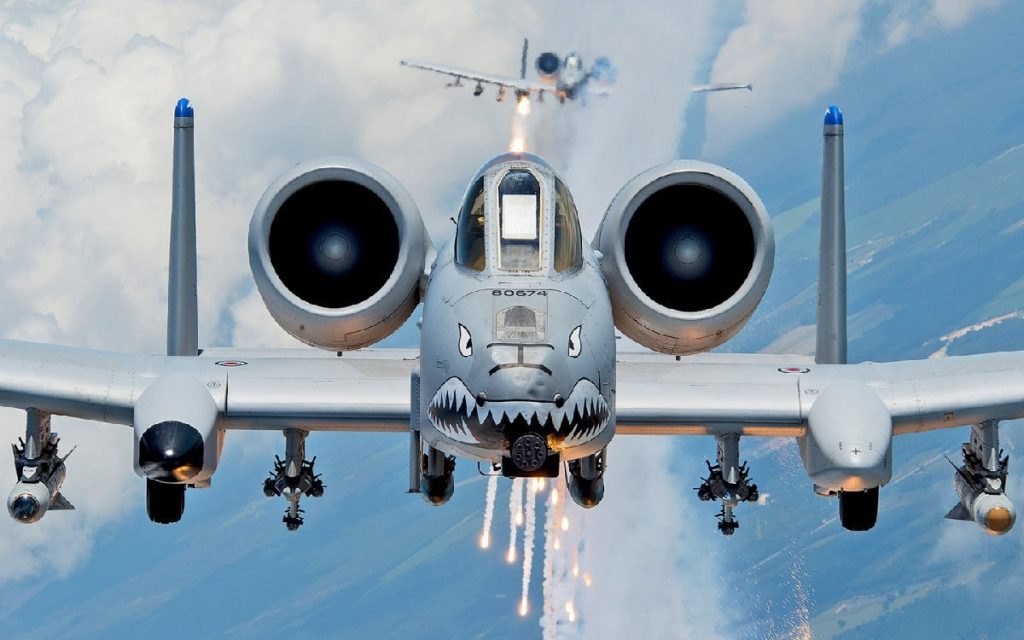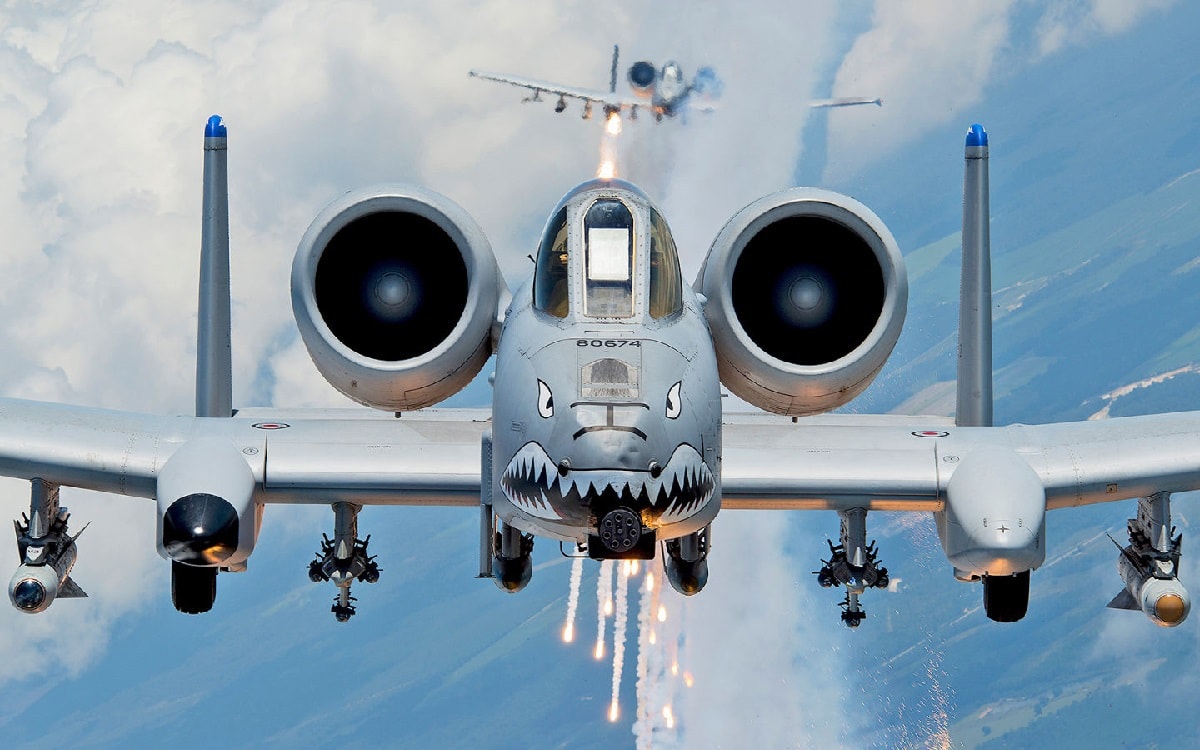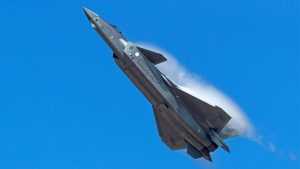Although it is getting on in years, the Fairchild Republic A-10 Thunderbolt is still one of the world’s most heavily armed and armored planes.

Some believe we should phase out the A-10 since it is an outdated “flying tank” that should give way to more modern planes like the F-35. Not everyone is indeed content to watch this plane fly off into the horizon.
The first flight of a Fairchild Republic A-10 Thunderbolt was on May 10, 1972. In the early 1960s, when the Douglas A-1 Skyraider, a plane first used in the Korean War, was still being used as the primary ground-attack plane for the United States military, development on the plane began.
The Skyraider was a competent plane for its day, but it was starting to show its age during the Vietnam War. Due to the A-1’s poor jungle performance, the Air Force and Navy lost 266 A-1s to small-arms fire.
Long before that time, Defense Secretary Robert McNamara had pushed for creating a tactical attack plane. But the Air Force prioritized close air support (CAS) duty above the more flashy Mach 2 aircraft. The aircraft required was an updated version of the Skyraider, one that could carry many weapons, fly for a long time, and take a beating from ground fire without going down.
Several prototypes were thought about, and detailed studies were conducted between 1963 and 1969 to hone in on the exact requirements for the new aircraft. Fairchild Republic’s A-10A Thunderbolt was selected as the winner in December 1972, and GE was tasked with manufacturing the aircraft’s 30 mm tank-busting GAU-8 armament. This gun had a muzzle velocity twenty times greater than the 75mm gun installed in some B-25s during World War II.
The 30mm gun’s revolving barrels also allowed it to fire at an incredible rate for an airborne weapon. The GAU-8 can fire up to 4,200 rounds per minute, making it the fastest-firing gun ever installed on an attack aircraft.
In service with the USAF since 1977, the A-10 Thunderbolt II production began in 1972. The A-10’s ability to perform short takeoff and landing (STOL) allowed it to use airstrips near the front lines. The A-10’s straightforward design allows aircraft to provide service on forward operating bases with few amenities.
First used in 1983 during the U.S. invasion of Grenada (codenamed “Operation Urgent Fury”), it protected U.S. Marines from enemy fire from the air.
The aircraft didn’t participate in combat operations until the Gulf War in 1991. The A-10s participated in multiple sorties against Iraqi Republican Guard units, shooting down two Iraqi helicopters with the GAU-8. Although it lost several to surface-to-air missiles and almost a dozen anti-air artillery rounds, the A-10 performed well enough that the Air Force scrapped plans to replace it with a close air support variant of the F-16 Fighting Falcon.
As time has progressed, the A-10 has been sent to support ongoing operations in Afghanistan, Iraq, and Libya. The Air Force has wanted to sell off some or all of its remaining 281 A-10 Warthogs for over a decade. The most recent plan for the A-10 fleet was to reduce the number of planes to around 218 within the next two years, to keep those planes and upgrade them with new wings, a new high-resolution display system, and Further innovations that could extend their service beyond 2030 or later.
The A-10 is praised as a highly accurate weapons delivery platform and maneuverable at low airspeeds and altitudes. The Thunderbolt II can operate under 1,000-foot ceilings (303.3 meters) with visibility of 1.5 miles (2.4 kilometers), perform austere landings, and loiter near conflict locations for lengthy periods.
As a bonus, it can take off and land over relatively short distances, allowing it to operate close to the front lines. Thunderbolt IIs have a Night Vision Imaging System (NVIS), a single-seat cockpit ahead of the wings compatible with night-vision goggles with a Helmet Mounted Cueing System and a huge bubble canopy for pilots’ overall view. A-10Cs only have a modest bubble canopy for forward visibility. Whereas A-10Cs only have a small bubble canopy for forward vision.
Also safeguarding critical components of the aircraft’s flight control system is the pilots’ titanium armor. The aircraft’s improved survivability in close air support results from its redundant primary structural parts. The warthog’s namesake A-10 can take strikes from high explosive and armor-piercing rounds up to 23 mm in diameter without damage. Pilots can fly and land even without hydraulic power using manual flight-control devices. The aircraft’s self-sealing fuel cells are protected by internal and external foam.
The Fairchild Republic A-10 Thunderbolt, one of the most heavily armed and armored planes in history, was developed to deliver munitions accurately at low altitudes.
In March 2022, the Air Force tested an A-10C Thunderbolt II with a GBU-39 Small-Diameter Bomb near Eglin Air Force Base (AFB) in Florida. As part of the A-10 Common Fleet Program, the GBU-39 will be added to the A-10 in 2019. It is one of the most important changes planned for the A-10 in 2019.
Because of this update, which has been in the works since 2020, the A-10 can carry more weapons than before (before, each pylon could only hold one weapon). To provide close air support (CAS) to ground troops, the A-10 can carry four SDBs on each armament pylon using the BRU-61/A rack, transforming it into a “bomb truck” capable of dropping these standoff weapons on targets up to fifty miles away. As a result, the A-10s may be able to serve the Air Force for another two decades.






